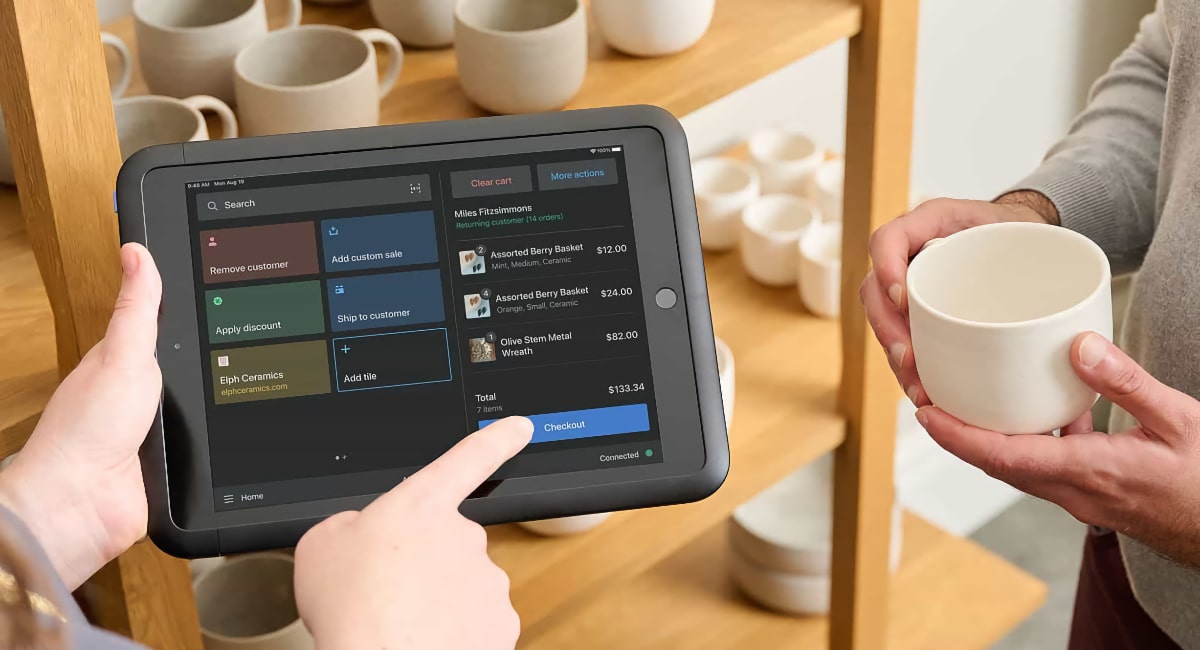June 30, 2025
You switched to Shopify POS: Now it’s time to get serious about customer data
As more retailers embrace Shopify POS for its sleek in-store experience, it’s easy to assume that it solves everything—including your customer data challenges.
But here’s the truth: while Shopify POS is a powerful commerce tool, it doesn’t deliver the full, unified view of your customer that modern marketing and CX teams need. It’s not a Customer Data Platform (CDP), and it doesn’t replace one.
Here’s five reasons why your retail business needs both.

1. Shopify captures transactions. A CDP connects the dots.
Shopify POS gives you a great view of what’s happening now—who’s buying what, where, and when.
But what about that customer’s email engagement? Their online browsing? Their returns history? Store visits across regions? Survey responses? Support tickets?
A CDP brings all of this together. It connects Shopify POS data with the rest of your ecosystem—email, ecommerce, loyalty, support, in-store behavior—so you can see the full picture of every customer, not just their last transaction.
2. Shopify’s profile unification is basic. A CDP goes deeper.
Shopify’s approach to customer unification is limited—it primarily matches profiles based on email address. That means if a customer shops online under one email and in-store under another—you’re likely looking at two separate profiles.
A CDP uses advanced identity resolution to merge fragmented records across emails, phone numbers, device IDs, loyalty programs, and more. It cleans up your database, reduces duplication, and gives you a single, accurate view of every customer.
3. Smarter segmentation, beyond what POS provides
Shopify POS shows you what’s happening at the point of sale. A CDP helps you ask deeper questions, like:
- Who are our most valuable customers across all channels?
- Which customers bought during a promotion and came back for more?
- Who’s at risk of lapsing?
- What products drive long-term loyalty?
These insights require more than sales data—they need connected, enriched profiles.
4. Personalization needs more than purchase history
Personalized journeys, product recommendations, and timely lifecycle messaging rely on context. Shopify POS can’t give you the full picture. A CDP adds behavioral signals, predictive models, and preference data to tailor every message. Resulting in personalization that actually feels personal.
5. A CDP activates your data across every channel
Your Shopify data is powerful—but it wasn’t built to drive omnichannel activation. A CDP helps you turn insights into action across email, SMS, WhatsApp, paid ads, on-site personalization, and in-store experiences.
Want to trigger a loyalty campaign based on online and in-store behavior? Or suppress recent purchasers from a paid promotion? A CDP makes it possible.

Lexer powers customer relationships
Shopify POS is a world-class commerce platform. But it’s not a CDP. It doesn’t unify profiles across your ecosystem, enrich your understanding of each customer, or activate insights across channels. Retailers who want to grow smarter need both tools working together.
Ready to unlock the full value of your Shopify data? Talk to us about how Lexer helps leading retailers unify their data, understand their customers, and drive profitable growth.
Speak with our retail experts

